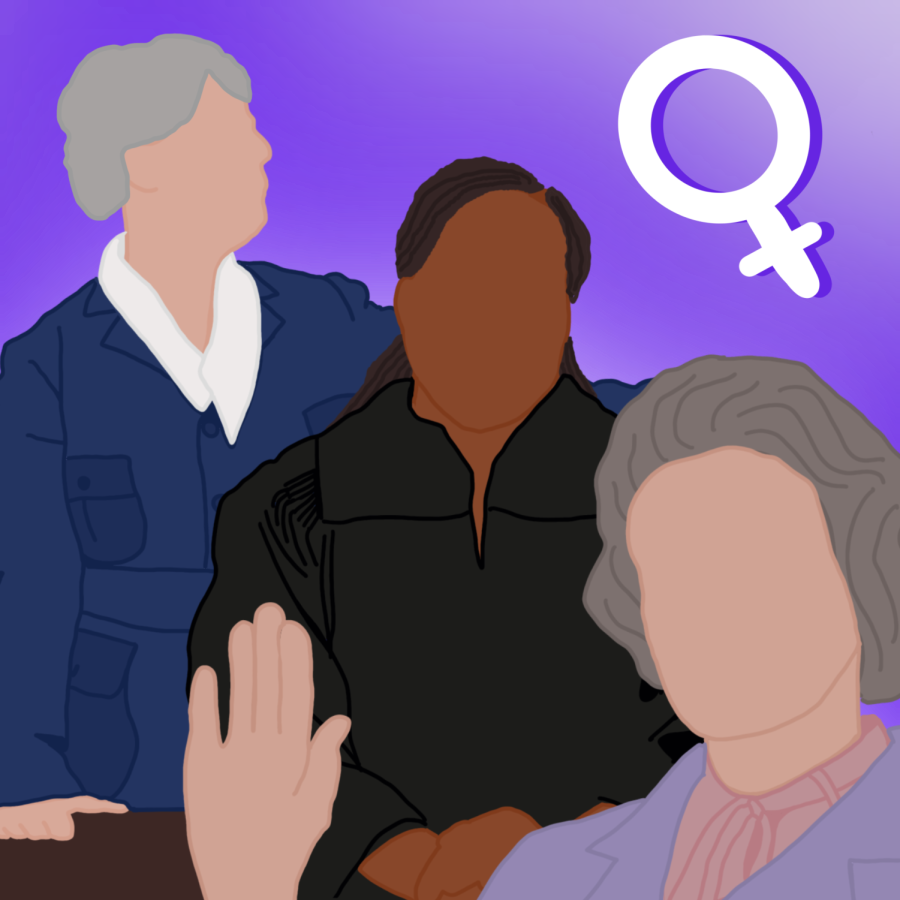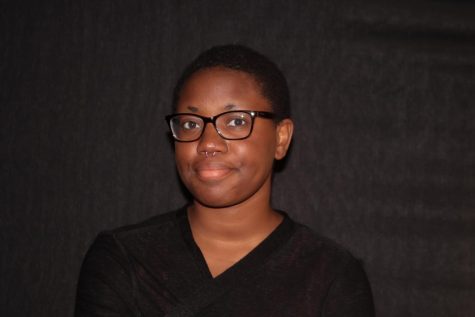Politics and the patriarchy
April 5, 2022
The discussion is here and it is loud; women are tired of viewing themselves as less than enough for a career or needing to be overqualified to gain equal opportunities as men in the same field of work. Men with the same amount of qualifications, or less, are able to feel confident enough to wholeheartedly pursue prestigious positions without second-guessing themselves. So the question unveils itself: What about society makes women feel this way?
Even if we disregard generations of sexism and discrimination, we are still left with an ugly cast of discouragement and underestimation of women’s abilities in the workplace. Something that cannot be solved by feminist campaigns and pink participation badges for being on the “right side” of an argument. This idea of women’s inferiority is rooted in day-to-day life. It’s in our personal biases, our homes, on TV and especially in our government.
Supreme Court nominee Ketanji Brown Jackson has been at the center of this conversion after many spectators witnessed how she was treated by members of the Senate in her hearings several weeks ago. Many women in America — and around the world — recognized this type of condescension and were appalled that even a well-qualified person in government could still be seen in this light, but no one was shocked.
Let’s look back to those generations of sexism and discrimination, but this time, in relation to female Supreme Court nominees alone.
In 1920, the first unofficial consideration of a woman on the Supreme Court was a judge named Florence Ellinwood Allen. She had a prestigious career in law, and later in the Ohio courts, and was praised by her community. However, when she was presented as an option to be on the Supreme Court of the United States, then President Harry S. Truman purged the idea of a woman in the courts, saying it would make the male judges feel uneasy. “They say they couldn’t sit around with their robes off and their feet up and discuss the problems.”
The next woman recorded to have been a nominee was Sandra Day O’Connor. In 1980, she became the first woman appointed Supreme Court justice. It was reported that when she received the call to be interviewed for a “federal position,” she thought they were calling her in to become a secretary. Her doubt did not come out of the ground — throughout her career as a judge, she had been scrutinized and underestimated by her colleagues despite her qualifications and historical firsts in the senate. People like Assistant Attorney General Hank Habicht were not supportive of her appointment, not because of her morals or her ability to do the job, but simply because of his bias against her sex. President Regan, who had previously promised to appoint a woman to the Supreme Court, responded to those negative voices with the sentiment, “if there are no qualified women, I understand. But I can’t believe there isn’t one.”
And with that swift change of thought and an important man in her corner, Day O’Connor made history.
In the United States, people believe that we are passed the days in which we discriminate against sex with the current policies in place. However, the truth is that while the Federal Constitution has its non-discriminatory amendments, only 23 states have adopted amendments that ensure equal rights under state law based on sex.
Our biggest problem truly lies within ourselves as a society. Every person must understand that when people are excluded, underrepresented and looked down upon, even at the most accomplished level, it has major effects on our growth. With that realization, change is inevitable and even more possible than we could imagine right now.










